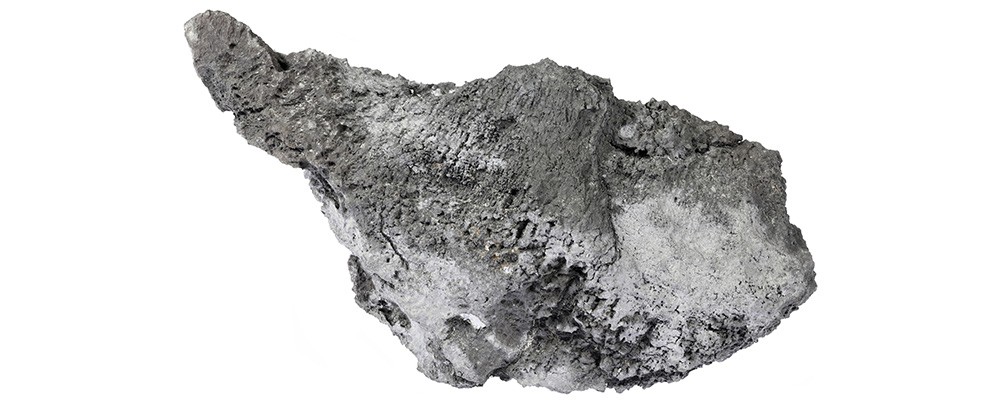Filter
Looking for something?
If you do not see anything that suits your needs, please get in touch with your requirements.
Custom EnquiryAs Pieces 2-6mm 99.999% Pure
Arsenic Metal
UN1558 6.1 PG II
As2O5 Pieces 12mm & smaller (sintered) 99.999% Pure
Arsenic Oxide
UN1559 6.1 PG II
As2O5 Pieces 12mm & smaller (sintered) 99.9% Pure
Arsenic Oxide
UN1559 6.1 PG II
As2Se3 Pieces 1-6mm (melted) 99.999% Pure
Arsenic Selenide
UN1557 6.1 PG II
As2Se3 Pieces 1-6mm (melted) 99% Pure
Arsenic Selenide
UN1557 6.1 PG II
As2S3 Pieces 1-6mm (melted red) 99.9% Pure
Arsenic Sulphide
UN1557 6.1 PG II
As2Te3 Pieces 3-12mm (melted) 99.999% Pure
Arsenic Telluride
UN1557 6.1 PG II
As2Te3 Pieces 3-12mm (melted) 99% Pure
Arsenic Telluride
UN1557 6.1 PG II
As2Te3 Pieces 1-6mm (melted) 99.999% Pure
Arsenic Telluride
UN1557 6.1 PG II
As Pieces <20mm 99.999% Pure
Arsenic Metal
UN1558 6.1 PG II
As2Te3 Pieces 3-8mm 99.999% Pure
Arsenic Telluride
UN1557 6.1 PG II
As2O3 -100 Mesh 99.99% Pure
Arsenic Oxide
UN1561 6.1 PG II
As2O3 -100 Mesh 99.9% Pure
Arsenic Oxide
UN1561 6.1 PG II
As2Se3-325 Mesh (typ. =10 microns 99.99% Pure
Arsenic Selenide
UN1557 6.1 PG II
As2S3 -325 Mesh 99.999% Pure
Arsenic Sulphide
UN1557 6.1 PG II
As2S3 -325 Mesh (yellow) 99.9% Pure
Arsenic Sulphide
UN1557 6.1 PG II
As2Te3 -325 Mesh (typ. =10 microns) 99.999% Pure
Arsenic Telluride
UN1557 6.1 PG II
As2Te3 -325 Mesh (typ. =10 microns) 99% pure
Arsenic Telluride
UN1557 6.1 PG II
As2S3 -100 Mesh 99.999% Pure
Arsenic Sulphide
UN1557 6.1 PG II
Arsenic Telluride As2Te3, Available purity 99.999%
As2Te3 - Cu 1 at% TRG 3" dia. x 0.250" Tk 99.999% Pure
Arsenic Telluride-Copper
Arsenic Telluride-Copper As2Te3-Cu 1 at%, Available purity 99.999%
Arsenic sulphide As2S3, Available purity 99.99%
As2S3 TRG 25.4mm dia x 6.35mm Tk 99.99% Pure
Arsenic Sulphide
Overview
Arsenic (chemical symbol As) is a metalloid that belongs to Group 15 of the periodic table. It naturally occurs in various forms, including grey (metallic), yellow, and black, with grey arsenic being the most common and stable form. Found in the Earth’s crust, arsenic is usually associated with minerals such as arsenopyrite, realgar, and orpiment. Historically known for its toxicity, arsenic has been used in various applications, from pesticides and wood preservatives to alloys and electronics.
Properties
Arsenic has several distinctive properties that influence its applications. It has an atomic number of 33 and an atomic mass of 74.92 u, with a density of 5.73 g/cm³. Arsenic does not have a melting point under standard atmospheric pressure; instead, it sublimates directly from solid to gas at around 615 °C. It is a poor conductor of electricity and heat and is highly brittle, meaning it shatters easily when struck. Arsenic’s toxicity and ability to form compounds with various elements make it both useful and hazardous, requiring careful handling in industrial settings.
Applications and Uses
Despite its notorious reputation, arsenic is used in several industries. In the semiconductor industry, arsenic is used in the production of gallium arsenide (GaAs), a compound that is essential for high-speed electronics, solar cells, and LEDs due to its superior electron mobility compared to silicon. Arsenic compounds, particularly arsenic trioxide, are employed in small doses in the medical field for the treatment of specific types of cancer, such as acute promyelocytic leukaemia. In metallurgy, arsenic is added to lead and copper alloys to improve strength, hardness, and corrosion resistance.
Arsenic is also used in the production of pesticides, herbicides, and wood preservatives, although its use in these areas has decreased significantly due to environmental and health concerns. The element’s ability to disrupt biological systems makes it effective in controlling pests and fungi, but this same property necessitates strict regulations and controls to prevent contamination. Furthermore, arsenic compounds are utilised in the glass and ceramics industries to remove bubbles and improve the appearance of products.
Summary
In summary, arsenic is a versatile but highly toxic element with a range of industrial applications, from electronics and alloys to medical treatments. Its properties, particularly in forming useful compounds like gallium arsenide, make it an important material in modern technology, although its handling requires caution due to its significant health and environmental risks.
